Going Concern Modifications, CPA Firm Size, and the Enron Effect
Document Type
Article
Publication Title
Managerial Auditing Journal
Publication Date
2008
Abstract/ Summary
Purpose - The bankruptcy of Enron and the subsequent demise of Arthur Andersen brought intense scrutiny to the accounting profession. That these events would have an effect on auditor going concern modification judgments and accounting regulation would not be surprising. This study aims to look at 1,204 publicly traded firms that filed bankruptcy in the period January 1, 1997 through December 31, 2005. Design/methodology/approach - The observations are divided into pre-Enron and post-Enron periods. The paper finds the 18 largest bankruptcies represented 47 percent of the total assets entering bankruptcy in this period. Findings - The going concern modification rate in the pre-Enron period was 44.5 percent, in the post-Enron period, 61.9 percent. Findings show auditors, in the presence of a consistent standard, nevertheless modify their decision making as a result of external events. This study further looks at the impact of outliers on this decision and on differences by firm size. Research limitations/implications - By considering the entire population of publicly traded firms filing bankruptcy, overall implications and statistics are provided. This method does not allow the use of certain traditional modeling techniques. Practical implications - The research shows auditors, despite a consistent standard, vary their going concern judgments based upon external events. The paper also suggests that "one size fits all" regulatory models may not be cost effective across the population of public firms. Originality/value - The research provides a summary of the characteristics of the population of firms filing bankruptcy for an extended period across a changing reporting and regulatory environment.

